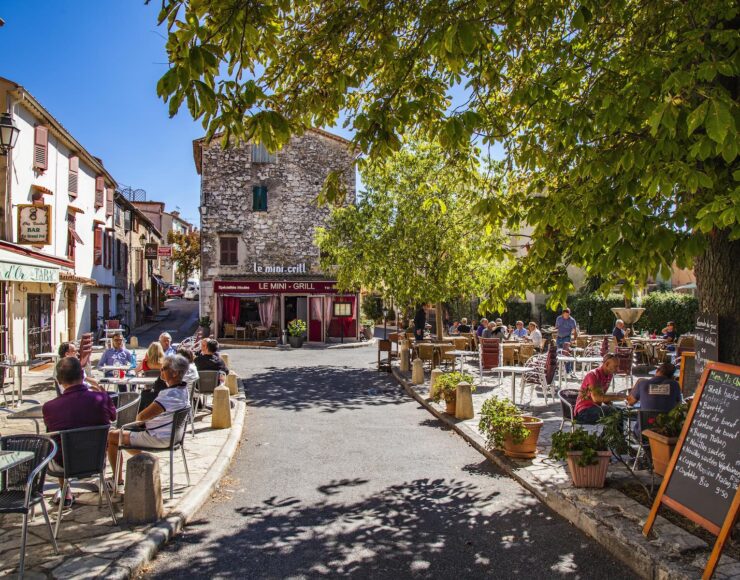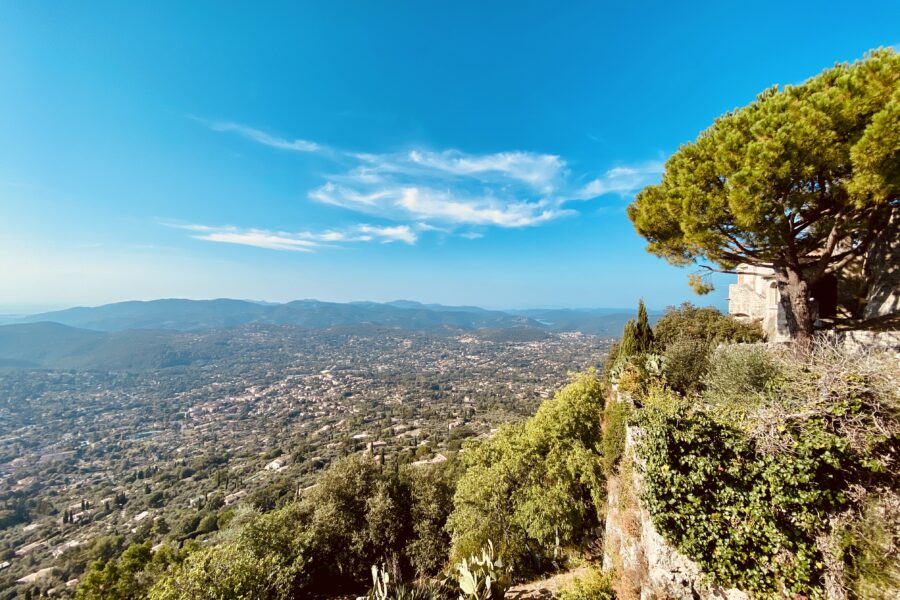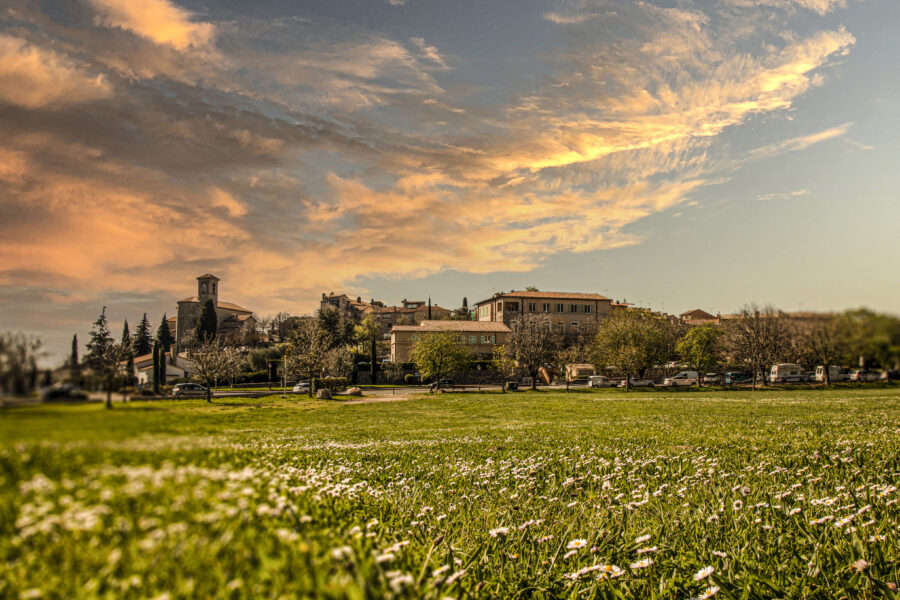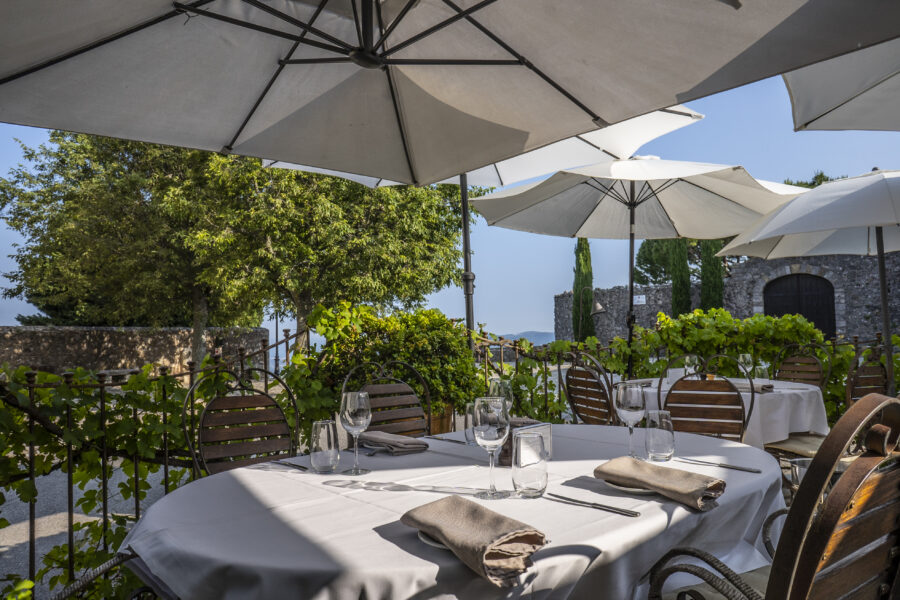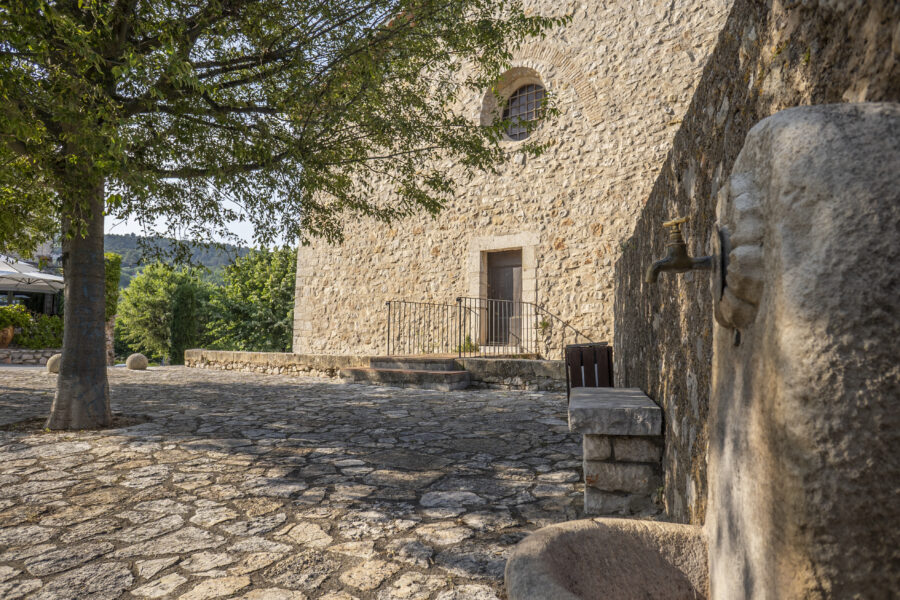Cabris
Cabris, whose name comes from the Latin capra “goat”, is one of those beautiful perched villages of which the Côte d’Azur has the secret.
At first glance, a large green meadow, a kingdom of children and families, large trees, shaded cafe terraces and light air give a bucolic note to this little Provencal paradise!
From its past, discover the old town hall, the Clock Tower, the chapel of the white penitents.
Of the beautiful medieval castle that surmounted the village only a few ruins and the remains of the perimeter wall remain. But from its esplanade, you will be more than rewarded by the extraordinary view of the Mediterranean.
The essentials
La place Mirabeau
The esplanade of the feudal castle offers a spectacular view of the Mediterranean and the Cabris viewpan is one of the most remarkable on the French Riviera.
Le grand pré
There are many events, throughout the year, to take place on the great meadow of Cabris. Between carnival, petanque competition and flea markets, it welcomes the Arlette Gruss circus every summer and is a living space, conducive to exchanges and the creation of social ties.
Notre-Dame de l’Assomption Parish Church
A few meters from the Place du Panorama is the parish church, completed in 1630. Perched at the top of the village, the church frequently suffered lightning, which caused a fire burning the wooden altar and causing significant damage. From then on, the bell tower of the building will be lowered by half. Notre-Dame de l’Assomption Parish Church of Cabris is dedicated to Notre-Dame de l’Assomption
Practical information
Activities & places of visits
Panorama Place Mirabeau
Grand pré
Notre-Dame de l’Assomption Parish Church
Chapels
Hiking
Mountain bike
Annual appointments
June
Feux de la Saint-Jean
Jully
Fête Provençale
August
Fête patronale de la Saint-Roch
December
Crèche vivante
Market
Friday
Place de la Mairie
Food – Fish
Did you know?
Many famous thinkers and artists have stayed in Cabris: Albert Camus made several visits in the 1950s, André Gide stayed there back from his trip to Egypt in 1940, as well as Roger Martin du Gard, Jean-Paul Sartre, Simone de Beauvoir, Marcel Pagnol, Jean Marais…
Antoine de Saint-Exupéry stayed there regularly, his mother Marie having settled there in 1938 (until his death in 1972).
